

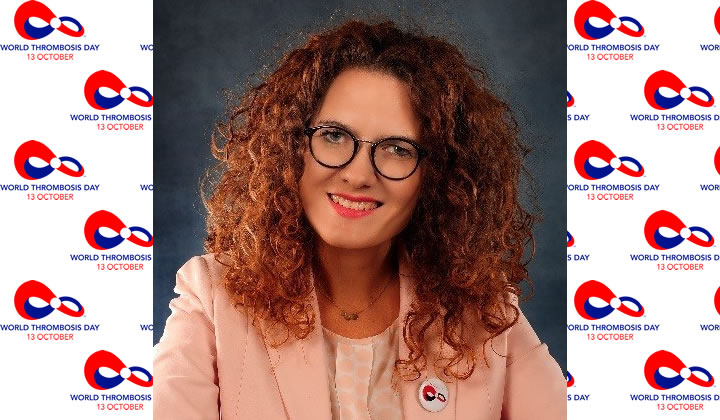

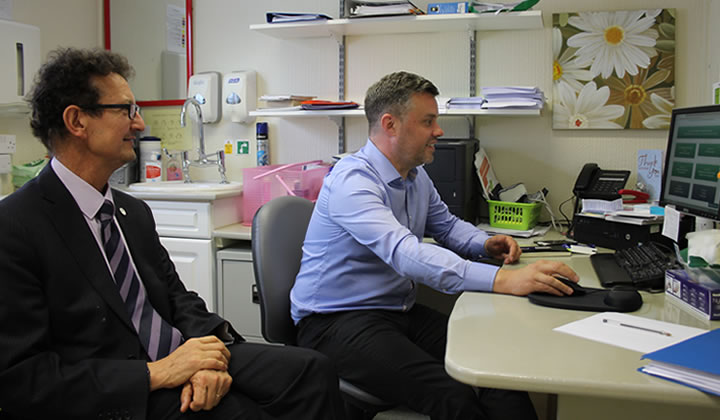
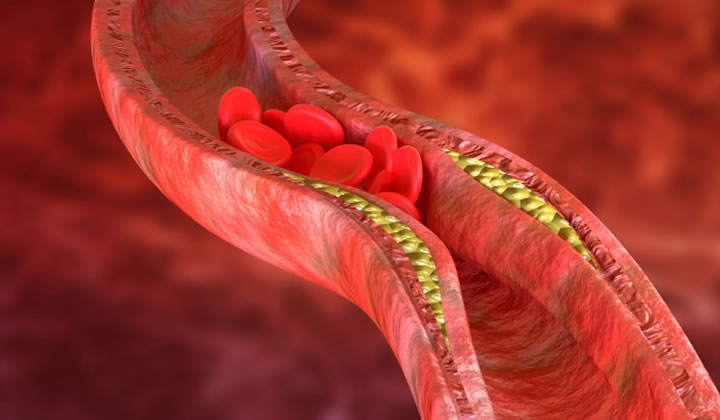
According to findings from the phase 3 EINSTEIN-Jr study, treatment with rivaroxaban resulted in similar rates of recurrent venous thromboembolism (VTE) and bleeding when compared with standard anticoagulation among pediatric patients with previously diagnosed acute VTE who had started heparin therapy.
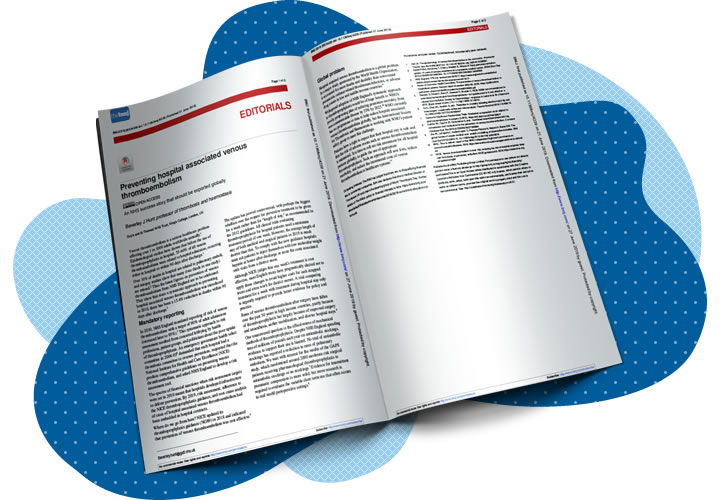
Venous thromboembolism is a serious healthcare problem affecting over 1 in 1000 adults worldwide annually. Epidemiological studies have shown that before the use of thromboprophylaxis in hospital, 55-60% of all venous thromboembolisms were related to hospital admission, occurring either in hospital or within 90 days after discharge.

Sex matters when it comes to venous thromboembolism (VTE). We defined 5P's - period, pill, prognosis, pregnancy, and post-thrombotic syndrome - that should be discussed with young women with VTE. Menstrual blood
loss (Period) can be aggravated by anticoagulant therapy. This seems particularly true for direct oral anticoagulants.
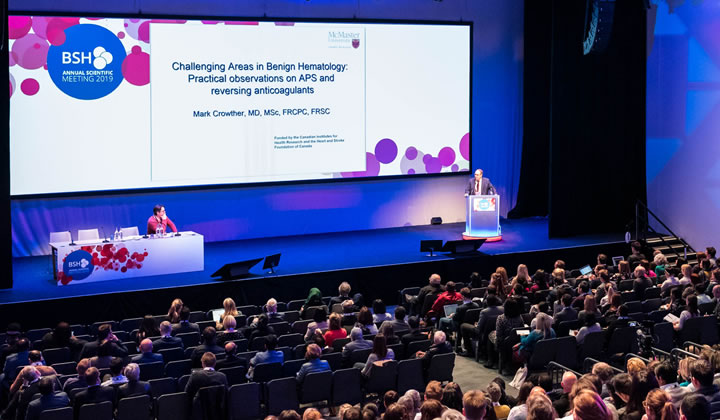
British Society for Haematology (BSH) have put together a playlist of interviews with 23 expert speaker videos on Youtube which may be of interest to Thrombosis UK members.
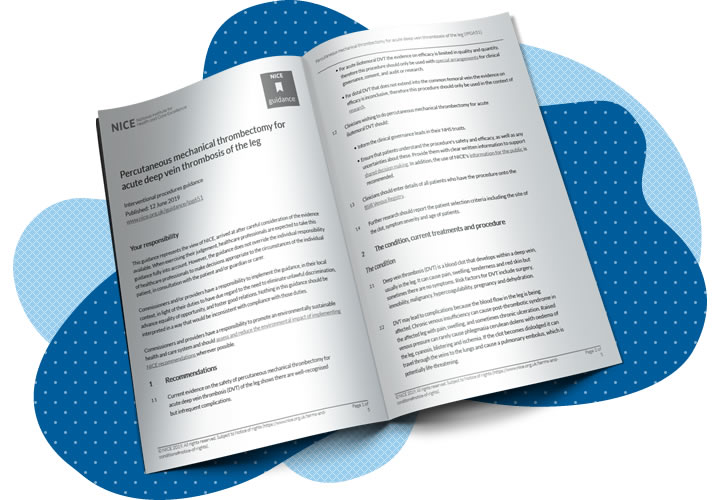
Evidence-based recommendations on percutaneous mechanical thrombectomy for acute deep vein thrombosis of the leg in adults. This involves removing the clot through a catheter inserted into the vein.
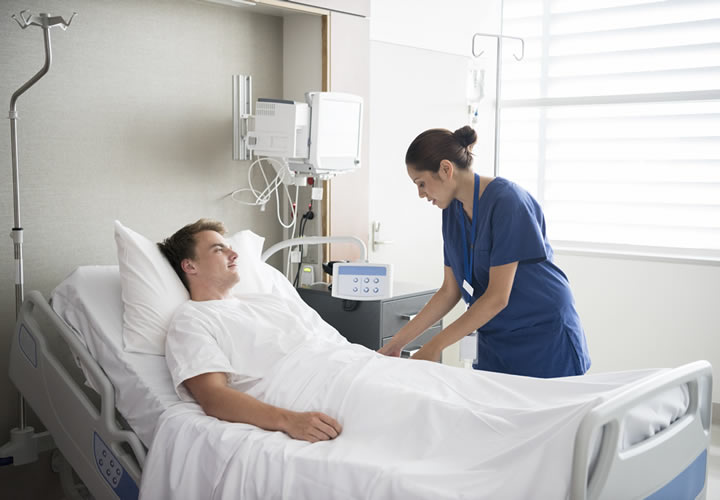
The 2018 updated National Institute for Health and Care Excellence (NICE) guidance on venous thromboembolism (VTE) (NICE 2018)includes significant changes and extensions to the 2010 guidance on VTE risk assessment and thromboprophylaxis for hospital patients (NICE 2010).


